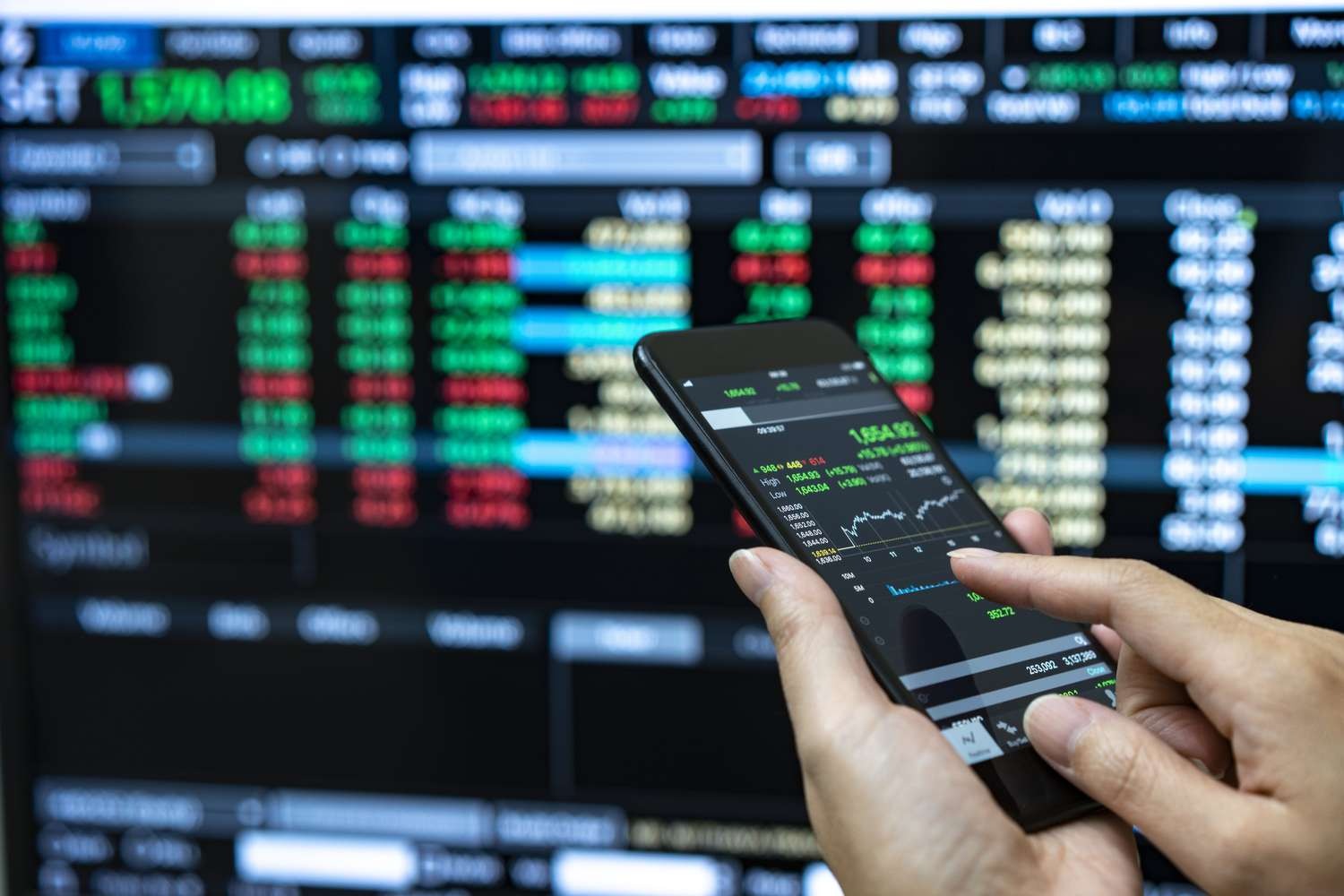
How to trade forex
Forex trading involves buying and selling currency pairs in a global marketplace. To succeed, traders must understand key concepts, strategies, and risk management techniques. Below is a step-by-step guide to trading forex effectively. 1. Understanding the Forex Market Forex, or foreign exchange, is a decentralized market where currencies are traded. The most commonly traded pairs include EUR/USD, GBP/USD, and USD/JPY. Market participants include banks, financial institutions, corporations, and individual traders. 2. Choosing a Reliable Broker Selecting a regulated forex broker is crucial. Look for brokers that offer competitive spreads, leverage options, a user-friendly platform, and strong customer support. Ensure they comply with financial regulations to protect your funds. 3. Learning Basic Forex Terminology Pips: The smallest price movement in a currency pair. Spread: The difference between the bid and ask price. Leverage: Allows traders to control larger positions with a smaller deposit. Margin: The minimum amount needed to open a trade. 4. Developing a Trading Strategy A successful trader follows a well-defined strategy. Common forex trading strategies include: Scalping: Short-term trades aiming for small profits. Day Trading: Opening and closing positions within a single trading day. Swing Trading: Holding positions for several days to capture larger price movements. Trend Trading: Trading in the direction of the market trend. 5. Conducting Market Analysis Forex traders use two main types of analysis: Technical Analysis: Involves using charts, indicators, and historical price patterns to predict future movements. Fundamental Analysis: Examines economic indicators, interest rates, and global news that influence currency prices. 6. Managing Risk Effectively Risk management is vital in forex trading. Key risk management strategies include: Using stop-loss and take-profit orders to limit losses and secure profits. Avoiding overleveraging to reduce exposure to market volatility. Maintaining a risk-to-reward ratio of at least 1:2 to ensure sustainable trading. 7. Practicing with a Demo Account Before trading with real money, practice with a demo account to test strategies and gain experience without financial risk. 8. Placing and Monitoring Trades Once confident in a strategy, traders can place trades on their chosen platform. Monitoring trades and adjusting strategies based on market conditions is essential for success.